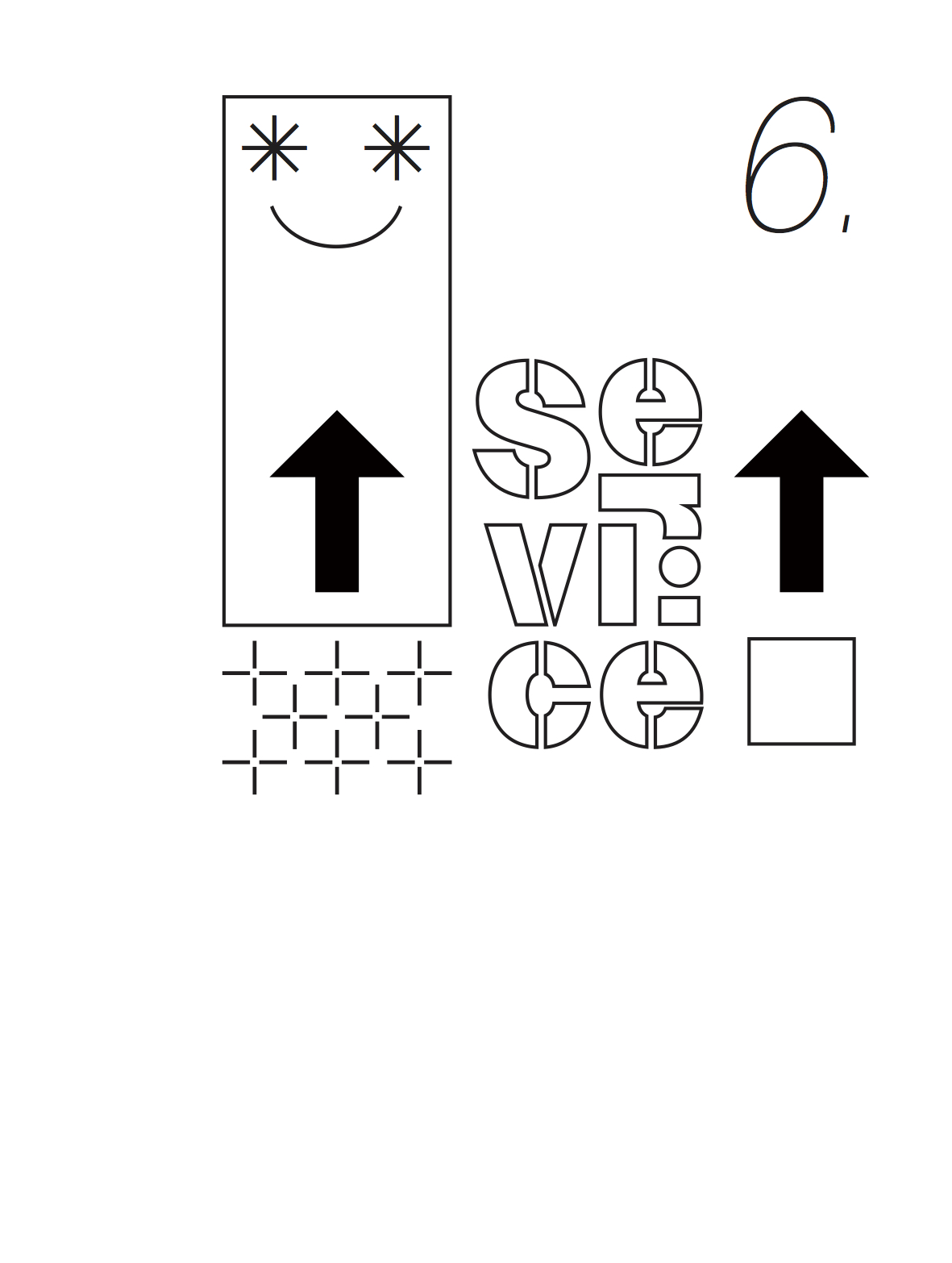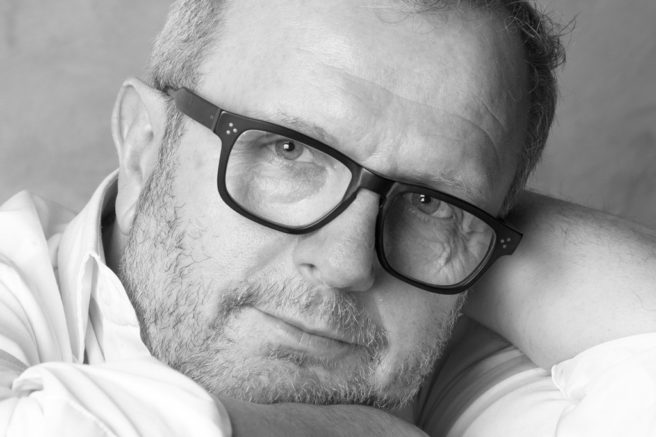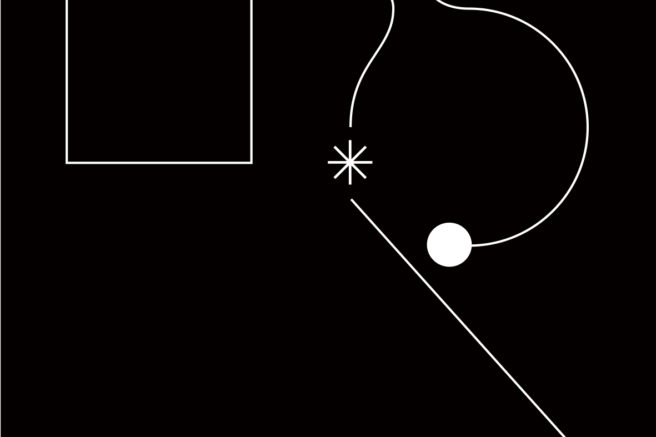Wanderful Loves
Carla Cipolla, Federal University of Rio de Janeiro, UFRJ/Coppe DESIS Group, Rio de Janeiro, Brazilië
This word is very powerful. It is at the center of being human for many religions: Christianism, Buddhism, Hinduism… Not forgetting the Gospel: “Even as the Son of Man came not to be served but to serve” (Matthew 20:28). The word “service” is placed here in the heart of what makes us “human”.
Another use of the word is to indicate services that have been industrialized: fast food chains, banks, call centers.
In the first use, the word “service” indicates intensive interpersonal encounters, those encounters that build on our own essence of being human. In the second use, it is a service to fulfil a practical need, and an interpersonal encounter is not necessarily required, or particularly important.
The first use indicates a service that cannot be designed. The second use indicates industrialized services that can, and have been, designed (now also by service designers).
The change, for design discipline, may be manifested in a question: could the first use of the word “service” – in all its qualitative dimensions – guide or inspire designers to deal with its second use (industrialized services)? Or could the first use guide designers to develop a new generation of services that can improve our quality of life and promote positive change?
The critical turning point is: if designers do not do it, groups and communities may increasingly do it by themselves. They always have done. This is the continuous affirmation, over time, of the first use of the word “service” which was never forgotten.



